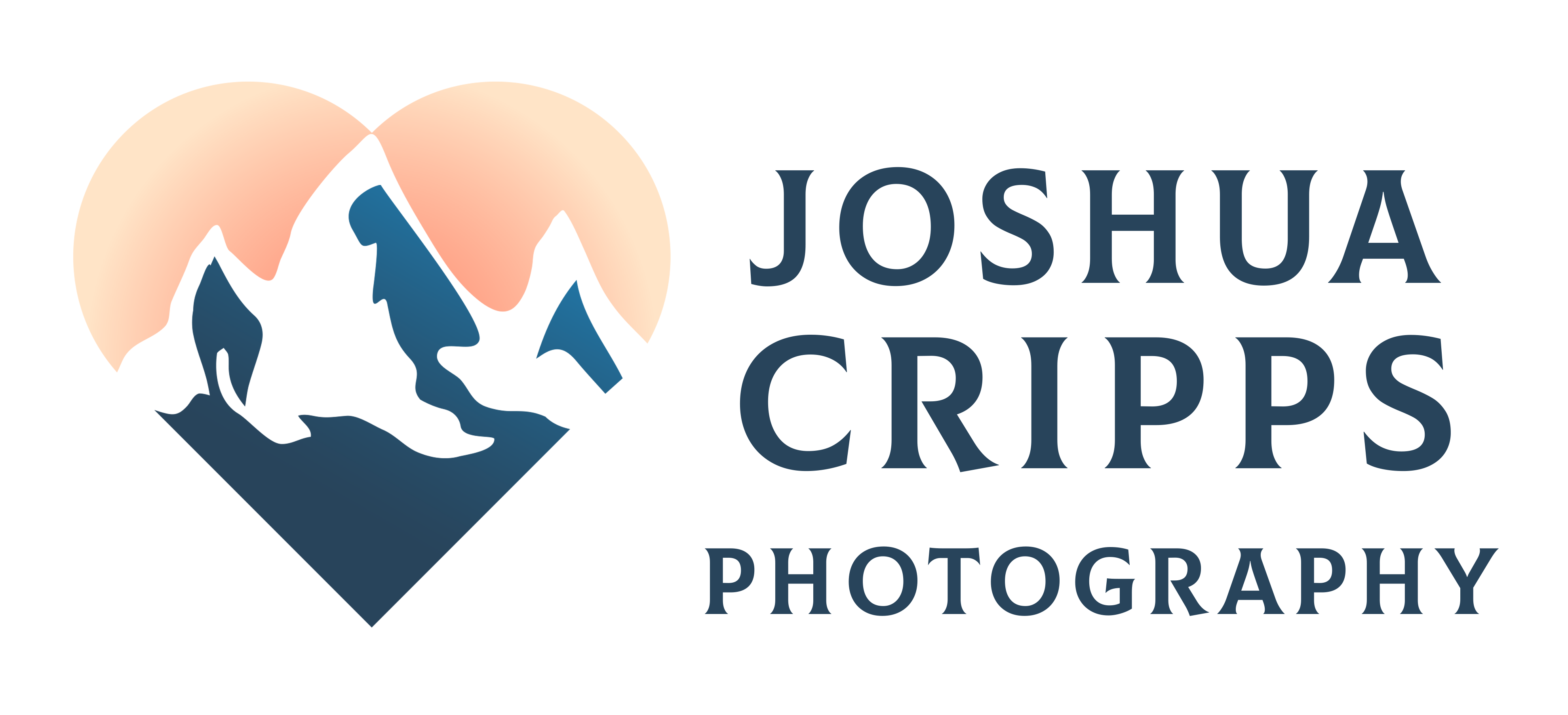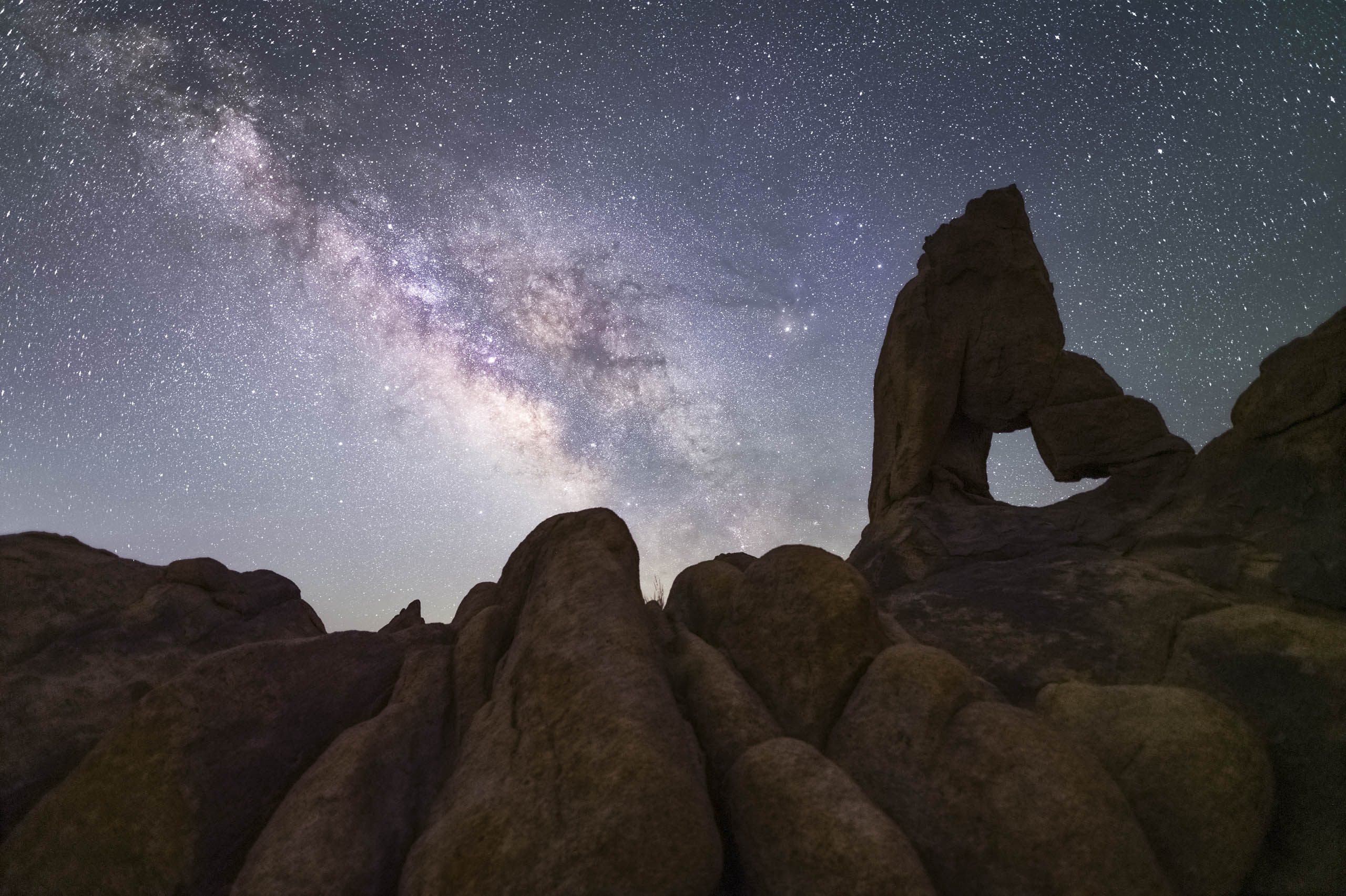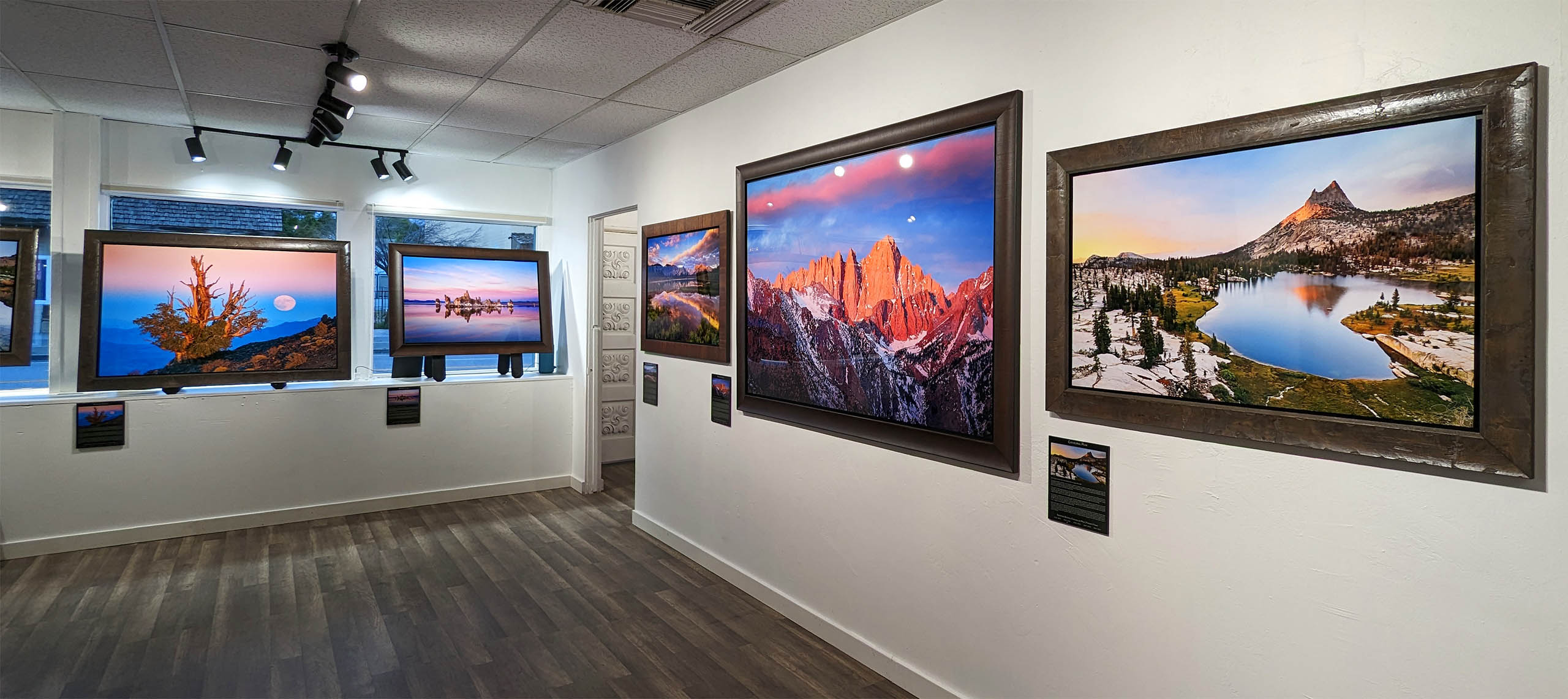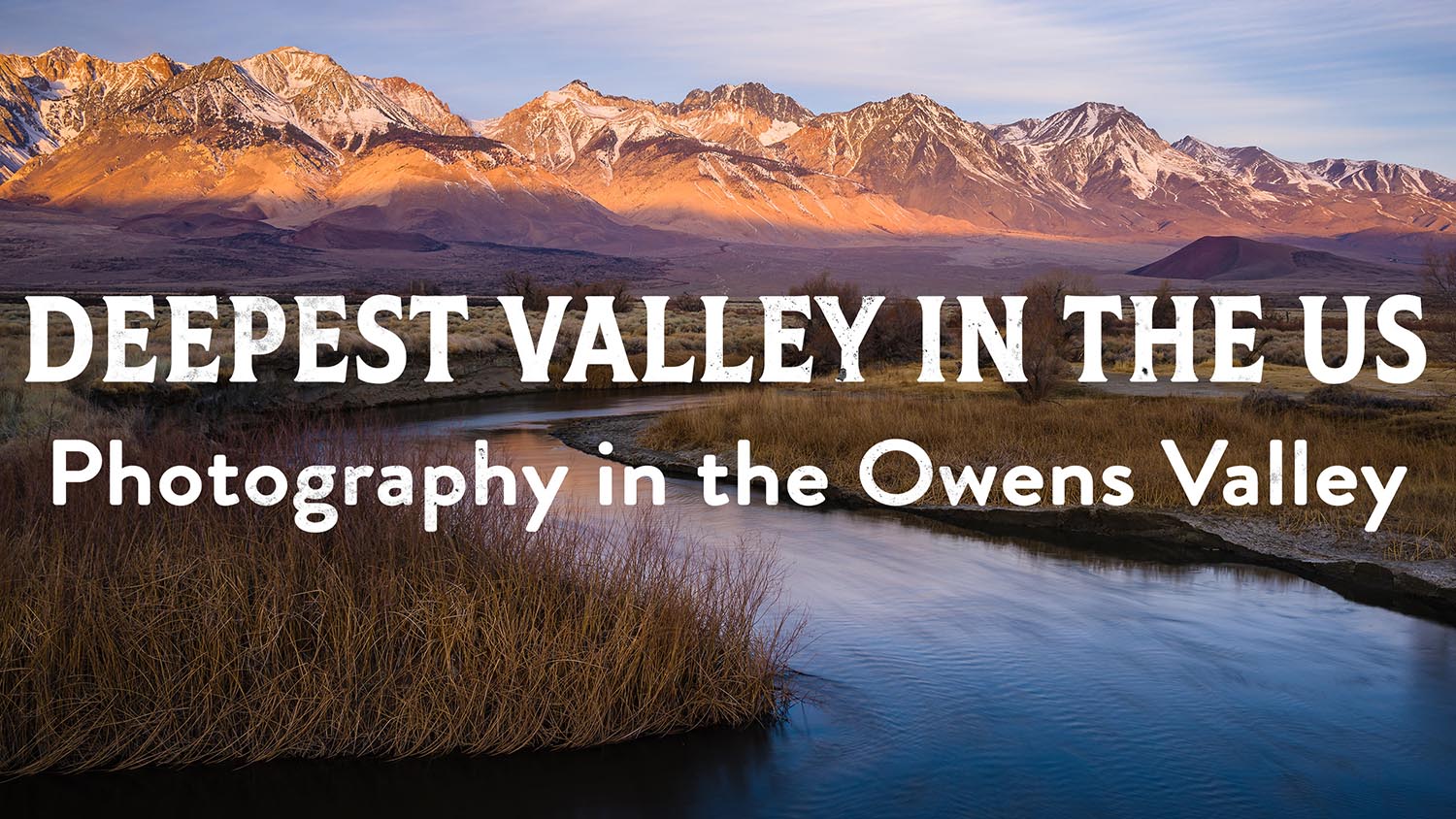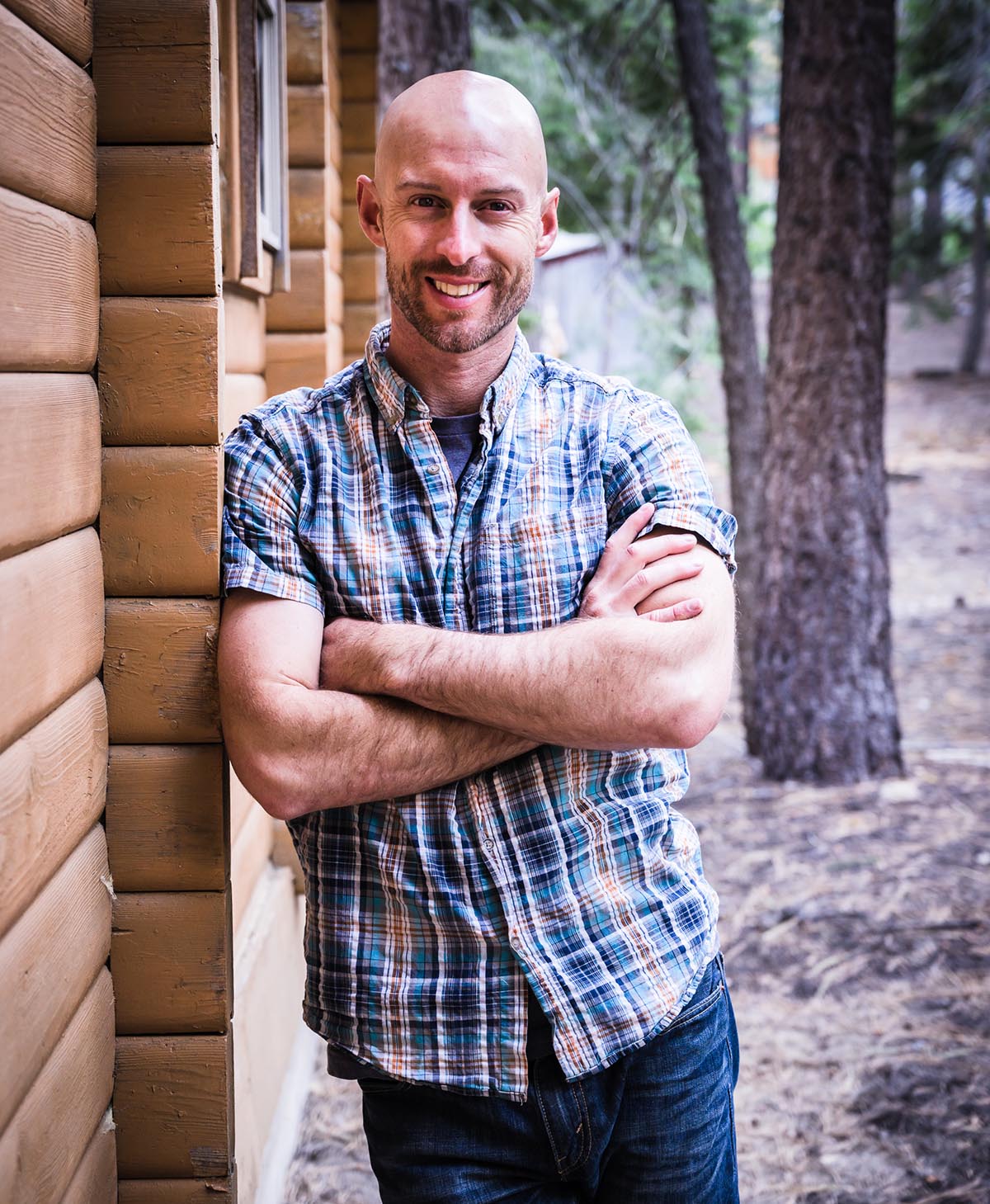5 Favorite Photoshop Hacks and Tips
Joshua Cripps
[av_slideshow_full size=’featured’ min_height=’0px’ stretch=” animation=’slide’ conditional_play=” autoplay=’false’ interval=’5′ control_layout=’av-control-default’ src=” attachment=” attachment_size=” position=’top left’ repeat=’no-repeat’ attach=’scroll’ av_uid=’av-jkejrnez’]
[av_slide_full slide_type=’image’ id=’13223′ video=’http://’ mobile_image=” fallback_link=’http://’ video_format=” video_ratio=’16:9′ title=’
‘ custom_title_size=’40’ custom_content_size=” caption_pos=’caption_center’ link_apply=” link=’lightbox’ link_target=” button_label=’Click me’ button_color=’light’ link1=’manually,http://’ link_target1=” button_label2=’Click me’ button_color2=’light’ link2=’manually,http://’ link_target2=” font_color=” custom_title=” custom_content=” overlay_opacity=’0.5′ overlay_color=” overlay_pattern=” overlay_custom_pattern=” av-medium-font-size-title=” av-small-font-size-title=” av-mini-font-size-title=” av-medium-font-size=” av-small-font-size=” av-mini-font-size=” av_uid=’av-437yw8p’][/av_slide_full]
[/av_slideshow_full]
[av_textblock size=’17’ font_color=” color=” av-medium-font-size=” av-small-font-size=” av-mini-font-size=” av_uid=’av-1d0c7ry’ admin_preview_bg=”]
Photoshop is arguably the most powerful image editing program on the market. Many of its features are well known but it goes without saying that there are a lot of features hidden under Photoshop’s hood that will make your experience with the program that much more enjoyable. Here are 5 of my favorite Photoshop Hacks, Tips, and Best Practices.
[/av_textblock]
[av_heading heading=’Video: 5 Favorite Photoshop Hacks, Tips, and Best Practices’ tag=’h3′ link=’manually,http://’ link_target=” style=” size=” subheading_active=” subheading_size=’15’ margin=” padding=’10’ color=” custom_font=” custom_class=” id=” admin_preview_bg=” av-desktop-hide=” av-medium-hide=” av-small-hide=” av-mini-hide=” av-medium-font-size-title=” av-small-font-size-title=” av-mini-font-size-title=” av-medium-font-size=” av-small-font-size=” av-mini-font-size=”][/av_heading]
[av_video src=’https://www.youtube.com/watch?v=Kme6odLKwZQ’ mobile_image=’https://www.joshuacripps.com/wp-content/uploads/2018/11/Samsung-78557-1030×688.jpg’ attachment=’13223′ attachment_size=’large’ format=’16-9′ width=’16’ height=’9′ conditional_play=’confirm_all’ av_uid=’av-johru6q1′]
[av_heading heading=’1) Increase History States’ tag=’h3′ link=’manually,http://’ link_target=” style=” size=” subheading_active=” subheading_size=’15’ margin=” padding=’10’ color=” custom_font=” custom_class=” id=” admin_preview_bg=” av-desktop-hide=” av-medium-hide=” av-small-hide=” av-mini-hide=” av-medium-font-size-title=” av-small-font-size-title=” av-mini-font-size-title=” av-medium-font-size=” av-small-font-size=” av-mini-font-size=”][/av_heading]
[av_textblock size=’17’ font_color=” color=” av-medium-font-size=” av-small-font-size=” av-mini-font-size=” av_uid=’av-1d0c7ry’ admin_preview_bg=”]
If you make a lot of mistakes (like me) then being able to step back in time with the History Palette can be a lifesaver. My first tip (see 0:00 in the video) is to increase the number of history states to give yourself a little more editing flexibility.
[/av_textblock]
[av_heading heading=’2) Zoom In and Out and Pan Quickly With Keyboard Shortcuts’ tag=’h3′ link=’manually,http://’ link_target=” style=” size=” subheading_active=” subheading_size=’15’ margin=” padding=’10’ color=” custom_font=” custom_class=” id=” admin_preview_bg=” av-desktop-hide=” av-medium-hide=” av-small-hide=” av-mini-hide=” av-medium-font-size-title=” av-small-font-size-title=” av-mini-font-size-title=” av-medium-font-size=” av-small-font-size=” av-mini-font-size=”][/av_heading]
[av_textblock size=’17’ font_color=” color=” av-medium-font-size=” av-small-font-size=” av-mini-font-size=” av_uid=’av-1d0c7ry’ admin_preview_bg=”]
Forget clicking those buttons in the Navigator Window! Use Ctrl / Cmd plus +/- to zoom in or out step by step. Use Ctrl / Cmd plus 1 to zoom to 100%, and Ctrl / Cmd plus 0 to instantly fit the image into your window. Check out 1:13 in the video.
Then, instead of dragging around the Navigator on a zoomed-in image, instead press on hold the Space Bar to turn your cursor into the Hand Tool. You can then click and drag to quickly move around your photo. Watch from 2:05 in the video.
[/av_textblock]
[av_heading heading=’3) Adjust Only What You Want With the Targeted Adjustment Tool’ tag=’h3′ link=’manually,http://’ link_target=” style=” size=” subheading_active=” subheading_size=’15’ margin=” padding=’10’ color=” custom_font=” custom_class=” id=” admin_preview_bg=” av-desktop-hide=” av-medium-hide=” av-small-hide=” av-mini-hide=” av-medium-font-size-title=” av-small-font-size-title=” av-mini-font-size-title=” av-medium-font-size=” av-small-font-size=” av-mini-font-size=”][/av_heading]
[av_textblock size=’17’ font_color=” color=” av-medium-font-size=” av-small-font-size=” av-mini-font-size=” av_uid=’av-1d0c7ry’ admin_preview_bg=”]
Say you want to increase saturation of a certain color in your photo. Or add contrast to one specific tonal region in the image. Use the Targeted Adjustment Tool to adjust exactly what you want. This tool is available in many adjustments such as Curves and Hue / Saturation. Watch from 2:50 in the video.
[/av_textblock]
[av_heading heading=’4) Quickly Adjust Brush Size and Hardness’ tag=’h3′ link=’manually,http://’ link_target=” style=” size=” subheading_active=” subheading_size=’15’ margin=” padding=’10’ color=” custom_font=” custom_class=” id=” admin_preview_bg=” av-desktop-hide=” av-medium-hide=” av-small-hide=” av-mini-hide=” av-medium-font-size-title=” av-small-font-size-title=” av-mini-font-size-title=” av-medium-font-size=” av-small-font-size=” av-mini-font-size=”][/av_heading]
[av_textblock size=’17’ font_color=” color=” av-medium-font-size=” av-small-font-size=” av-mini-font-size=” av_uid=’av-1d0c7ry’ admin_preview_bg=”]
When painting on layer masks you often find that you need to adjust your brush’s size and hardness over and over. While it is possible to do this via the Brush Tool Bar, there’s a much better and faster shortcut. With the Brush tool selected, hold Alt / Option on your keyboard, then right-click and drag your mouse. Dragging to the right makes the brush bigger; dragging to the left makes it smaller. Dragging up makes it softer, and down makes it harder. Presto! Brush adjustments almost instantly. See 4:30 in the video to see what I mean.
[/av_textblock]
[av_heading heading=’5) Use Clipping Masks to Simplify Masking’ tag=’h3′ link=’manually,http://’ link_target=” style=” size=” subheading_active=” subheading_size=’15’ margin=” padding=’10’ color=” custom_font=” custom_class=” id=” admin_preview_bg=” av-desktop-hide=” av-medium-hide=” av-small-hide=” av-mini-hide=” av-medium-font-size-title=” av-small-font-size-title=” av-mini-font-size-title=” av-medium-font-size=” av-small-font-size=” av-mini-font-size=”][/av_heading]
[av_textblock size=’17’ font_color=” color=” av-medium-font-size=” av-small-font-size=” av-mini-font-size=” av_uid=’av-1d0c7ry’ admin_preview_bg=”]
With selective editing you often need to apply multiple adjustments to the same part of an image, like when you want to add contrast and saturation to just the sky. Instead of creating the same mask for every adjustment you can simply create a mask for one adjustment, then use a Clipping Mask to attach all the other adjustment layers to it. And in one click all your adjustments follow the master mask. Watch from 6:46 in the video.
[/av_textblock]
[av_hr class=’invisible’ height=’20’ shadow=’no-shadow’ position=’center’ custom_border=’av-border-thin’ custom_width=’50px’ custom_border_color=” custom_margin_top=’30px’ custom_margin_bottom=’30px’ icon_select=’yes’ custom_icon_color=” icon=’ue808′ font=’entypo-fontello’ av_uid=’av-13u32iu’ admin_preview_bg=”]
[av_textblock size=’16’ av-medium-font-size=” av-small-font-size=” av-mini-font-size=” font_color=” color=” id=” custom_class=” av_uid=’av-jk7j11n6′ admin_preview_bg=”]
If you enjoyed this article be sure to join me on my newsletter and you’ll get more like it sent right to you. I’m not going to spam you with a bunch of crap, and I’ll never sell your name to anyone else. Join the 12,000+ other people getting photos, inspiration, tips, and more delivered right to their inboxes.
[/av_textblock]
[av_hr class=’invisible’ height=’20’ shadow=’no-shadow’ position=’center’ custom_border=’av-border-thin’ custom_width=’50px’ custom_border_color=” custom_margin_top=’30px’ custom_margin_bottom=’30px’ icon_select=’yes’ custom_icon_color=” icon=’ue808′ font=’entypo-fontello’ av_uid=’av-13u32iu’ admin_preview_bg=”]
[av_one_fifth first min_height=” vertical_alignment=” space=” custom_margin=” margin=’0px’ link=” linktarget=” link_hover=” padding=’0px’ border=” border_color=” radius=’0px’ background=’bg_color’ background_color=” background_gradient_color1=” background_gradient_color2=” background_gradient_direction=’vertical’ src=” background_position=’top left’ background_repeat=’no-repeat’ animation=” mobile_breaking=” mobile_display=” av_uid=’av-2ant1ie’][/av_one_fifth]
[av_three_fifth min_height=” vertical_alignment=” space=” custom_margin=” margin=’0px’ link=” linktarget=” link_hover=” padding=’0px’ border=” border_color=” radius=’0px’ background=’bg_color’ background_color=” background_gradient_color1=” background_gradient_color2=” background_gradient_direction=’vertical’ src=” background_position=’top left’ background_repeat=’no-repeat’ animation=” mobile_breaking=” mobile_display=” av_uid=’av-1quo146′]
[av_icon_box icon=’ue805′ font=’entypo-fontello’ title=” position=’top’ icon_style=” boxed=” font_color=” custom_title=” custom_content=” color=” custom_bg=” custom_font=” custom_border=” av-medium-font-size-title=” av-small-font-size-title=” av-mini-font-size-title=” av-medium-font-size=” av-small-font-size=” av-mini-font-size=” heading_tag=” heading_class=” link=” linktarget=” linkelement=” id=” custom_class=” av_uid=’av-jk7j1ke1′ admin_preview_bg=”]
[/av_icon_box]
[/av_three_fifth][av_one_fifth min_height=” vertical_alignment=” space=” custom_margin=” margin=’0px’ link=” linktarget=” link_hover=” padding=’0px’ border=” border_color=” radius=’0px’ background=’bg_color’ background_color=” background_gradient_color1=” background_gradient_color2=” background_gradient_direction=’vertical’ src=” background_position=’top left’ background_repeat=’no-repeat’ animation=” mobile_breaking=” mobile_display=” av_uid=’av-16u0yhy’][/av_one_fifth]
[av_social_share title=’Share this entry’ style=” buttons=” share_facebook=” share_twitter=” share_pinterest=” share_gplus=” share_reddit=” share_linkedin=” share_tumblr=” share_vk=” share_mail=” av-desktop-hide=” av-medium-hide=” av-small-hide=” av-mini-hide=” av_uid=’av-1kfd4li’]
[av_hr class=’default’ height=’50’ shadow=’no-shadow’ position=’center’ custom_border=’av-border-thin’ custom_width=’50px’ custom_border_color=” custom_margin_top=’30px’ custom_margin_bottom=’30px’ icon_select=’yes’ custom_icon_color=” icon=’ue808′ av-desktop-hide=” av-medium-hide=” av-small-hide=” av-mini-hide=” av_uid=’av-13u32iu’]
[av_heading heading=’About the Author’ tag=’h3′ link=” link_target=” style=’blockquote classic-quote’ size=” subheading_active=” subheading_size=’15’ margin=” padding=’10’ color=” custom_font=” custom_class=” id=” admin_preview_bg=” av-desktop-hide=” av-medium-hide=” av-small-hide=” av-mini-hide=” av-medium-font-size-title=” av-small-font-size-title=” av-mini-font-size-title=” av-medium-font-size=” av-small-font-size=” av-mini-font-size=”][/av_heading]
[av_one_half first min_height=” vertical_alignment=” space=” custom_margin=” margin=’0px’ link=” linktarget=” link_hover=” padding=’0px’ border=” border_color=” radius=’0px’ background=’bg_color’ background_color=” background_gradient_color1=” background_gradient_color2=” background_gradient_direction=’vertical’ src=” background_position=’top left’ background_repeat=’no-repeat’ animation=” mobile_breaking=” mobile_display=” av_uid=’av-11dhrpi’]
[av_textblock size=” font_color=” color=” av-medium-font-size=” av-small-font-size=” av-mini-font-size=” av_uid=’av-jk7j5202′ admin_preview_bg=”]

[/av_textblock]
[/av_one_half]
[av_one_half min_height=” vertical_alignment=” space=” custom_margin=” margin=’0px’ link=” linktarget=” link_hover=” padding=’0px’ border=” border_color=” radius=’0px’ background=’bg_color’ background_color=” background_gradient_color1=” background_gradient_color2=” background_gradient_direction=’vertical’ src=” background_position=’top left’ background_repeat=’no-repeat’ animation=” mobile_breaking=” mobile_display=” av_uid=’av-sjdv6u’]
[av_textblock size=” font_color=” color=” av-medium-font-size=” av-small-font-size=” av-mini-font-size=” av_uid=’av-jk7ja4su’ admin_preview_bg=”]
Josh Cripps is a wilderness landscape photographer living in beautiful Mammoth Lakes, California. He shoots campaigns and gives presentations for Nikon. His work has been featured in publications like Outdoor Photographer, Pop Photo, and Landscape Photography Magazine. Josh also runs photography workshops, teaches online courses, and runs the popular YouTube channel Pro Photo Tips. Sometimes he talks like a cowboy and can grow an enormous beard when the need arises.
You can read more about Josh here.
[/av_textblock]
[/av_one_half]
[av_comments_list av-desktop-hide=” av-medium-hide=” av-small-hide=” av-mini-hide=” av_uid=’av-ls45eu’]
share this article:
